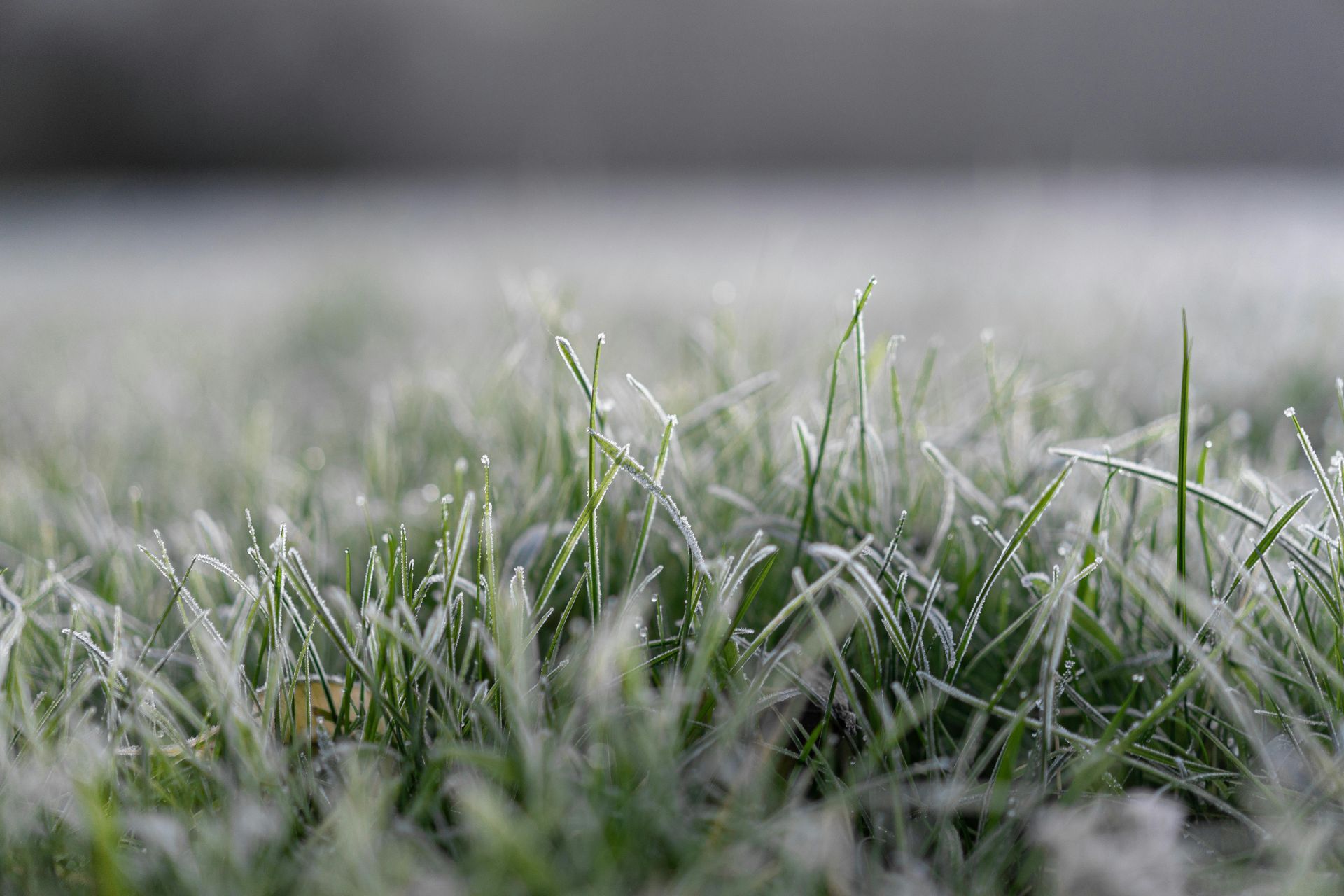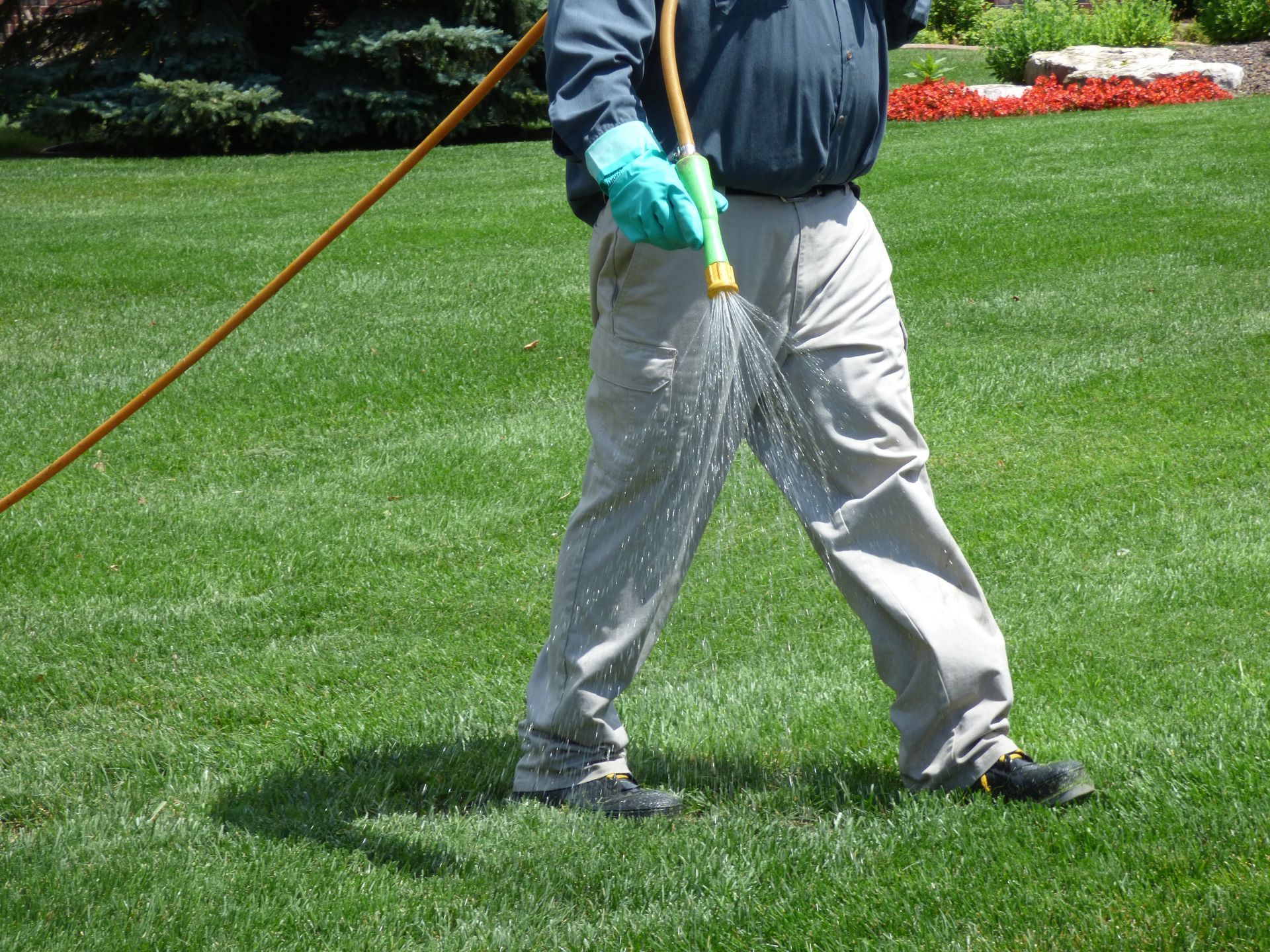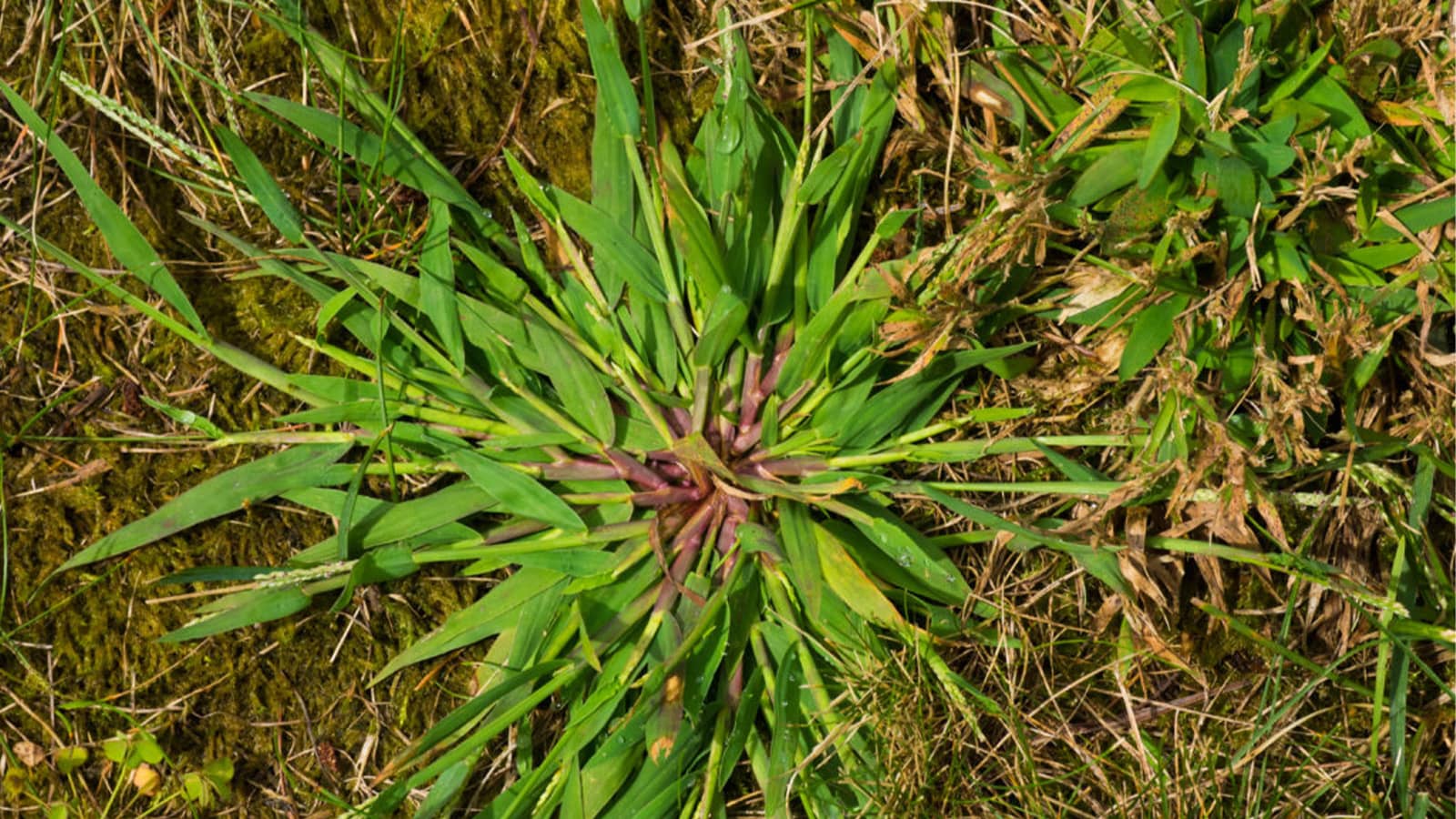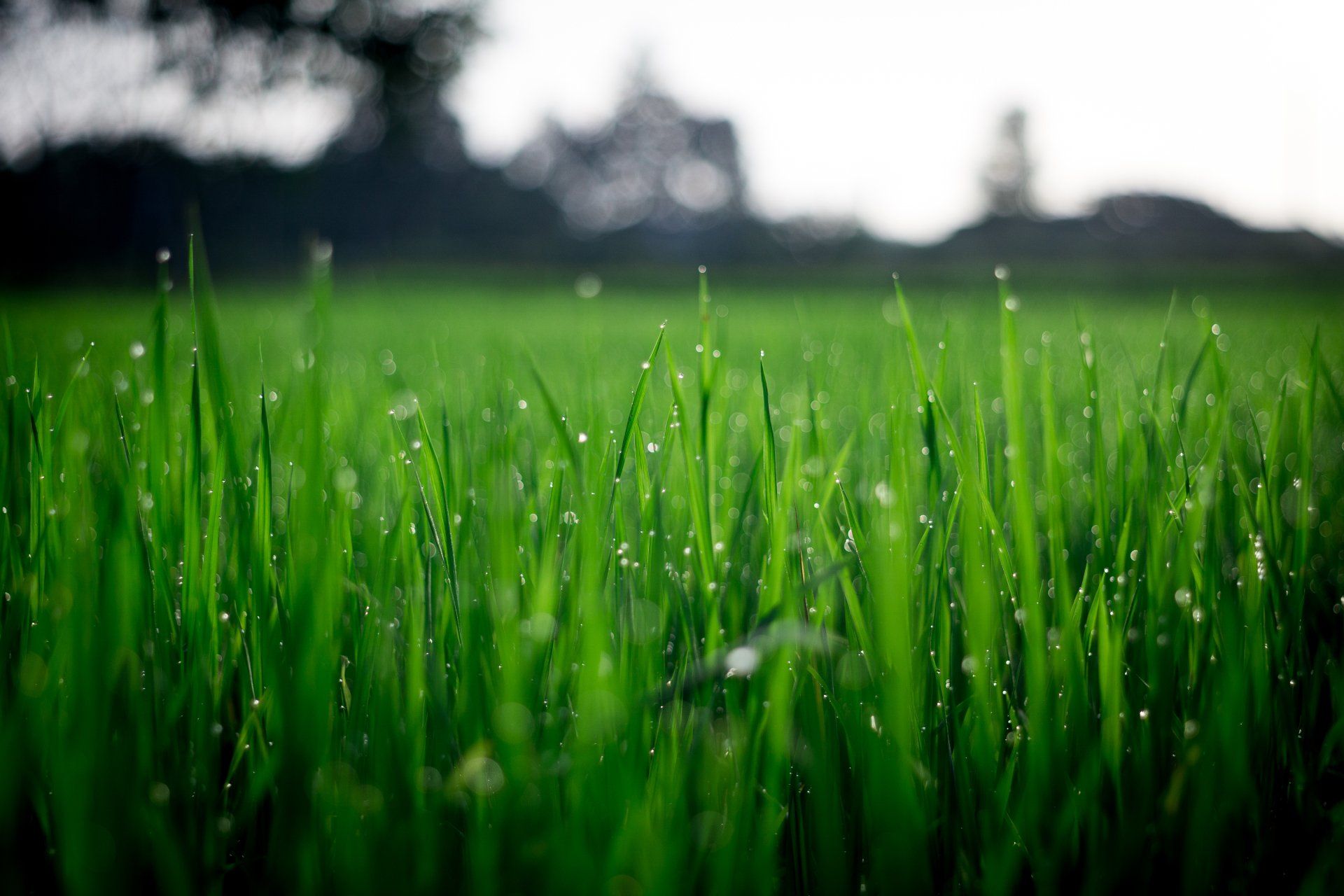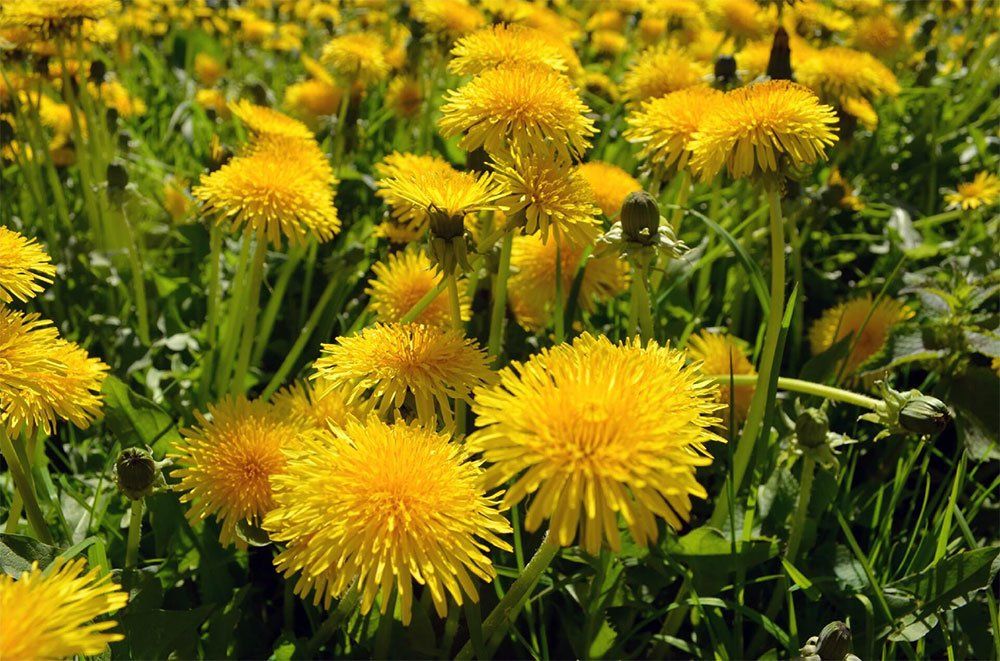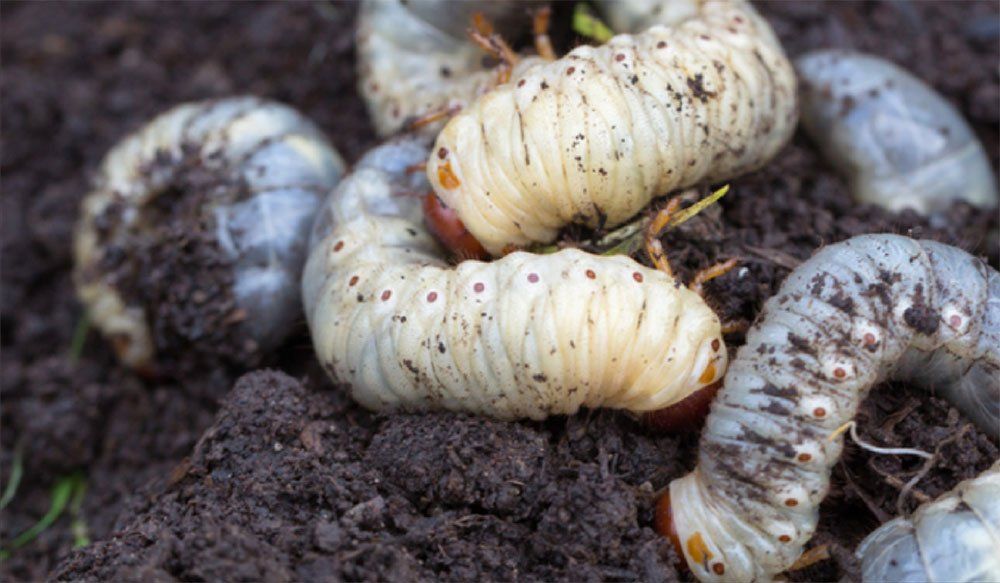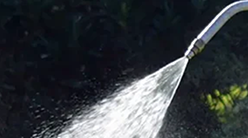Halloween has passed, November is here, and we’ve already had our first light snowfall. Soon we will be decorating Christmas trees and singing jovial holiday carols. So, why in the world would still need to worry about fleas? Haven’t we already had a frost? The truth is, while a flea’s ideal temperature is between 70 and 85 degrees, fleas have probably already found their way into your home. The warmth of your home and the comfort of your best friend’s fur make the perfect environment for a flea’s survival and breeding. In fact, fall is the time you will experience an influx of insects. Here are a few fall flea control tips to protect your home, your pets, and your family.
How Fleas Get Into the Home
Fleas, like ticks, are parasites, and they like to hitch-hike on the backs of dogs, cats, and other mammals. Fleas average between 1/6 to 1/8 of an inch. They are capable of leaping vertically up to seven inches with a distance of more than a foot. Once they have found their host, otherwise known as your unsuspecting pet, they survive by feeding off their blood.
Once they find a pet to latch onto, they will hold on as long as possible. Female fleas will start laying eggs within 24 to 36 hours, laying up to 50 eggs per day for up to three months. They like to lay eggs anywhere your pet hangs out, including on your carpet, inside sofas, chairs, and on bedsheets.
After the eggs hatch, they feed on digested blood left behind by adult fleas. In about one or two weeks, the larvae spin a cocoon. The cocoon lies in wait for up to a year, waiting for spring to come.
Are Fleas Dangerous?

For pets, flea infestations can lead to scratching, itching, skin irritations, and most commonly flea bite dermatitis, which is a specific allergy to flea saliva. The severe amount of itching can cause the pet’s skin to break and lead to infection. They can also lead to tapeworms
that make themselves at home in the intestines of dogs, cats, and even humans. Pets can get tapeworms by swallowing infected fleas. It’s rare, but if a human, mostly children, accidentally swallow an infected flea, they too can acquire tapeworm. Luckily, tapeworms are not typically fatal and mostly treated with medication.
There are two other diseases that both pets and humans can get from fleas, murine typhus, and Mycoplasma haemofelis.
Murine Typhus
Murine typhus , while not very common, is an infection. Rats are its leading carrier, but cats, however, can contract murine typhus as well. Humans can get infected through flea bites. Symptoms of typhus include headache, fever, nausea, body aches, and a rash on arms and legs. Treatment includes antibiotics, but it’s crucial to catch right away as a delay in treatment can lead to a more serious illness.
Mycoplasma haemofelis
Mycoplasma haemofelis is a parasitic, bacterial disease that is transmitted from fleas to cats. Though it is rare, there have been cases where humans with compromised immune systems have been infected. Treatment for both cats and humans includes antibiotics.
How to Prevent and Control Fleas
Aside from calling in the professionals at Custom Personalized Lawn Care, there are a few fall flea control tips to help create a less welcoming environment and combat the infestation of fleas. These are:
- Clean and vacuum the area(s) where your pet spends most of its time including where it eats, sleeps and hangs out.
- Wash everything your pet uses, sleeps, and rests on. This includes beds, blankets, sheets, and toys.
- Inspect and treat your pets. Check with your veterinarian on how to properly treat your pet. Routinely check your pet’s fur for signs of fleas to help prevent future infestations.
Custom Personalized Lawn Care’s fall flea control options will protect your pets and loved ones from the annoyance of fleas. Call us at 800-570-3313 or send us a message now. Don’t forget to check us out on Facebook and Twitter for the latest tips, news, and deals.
